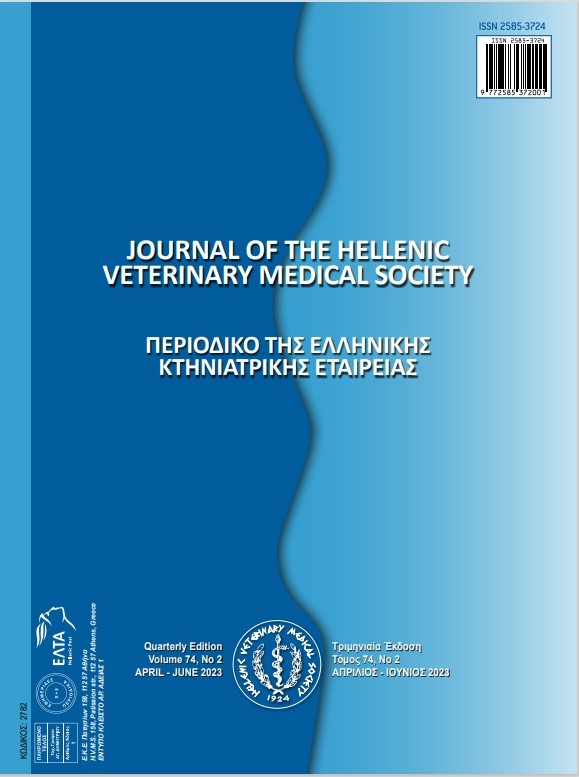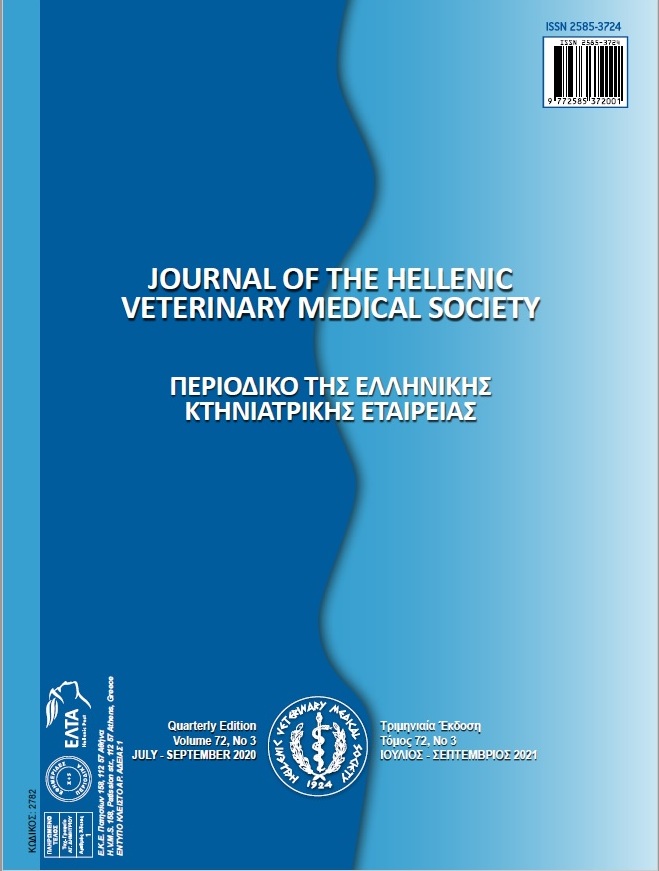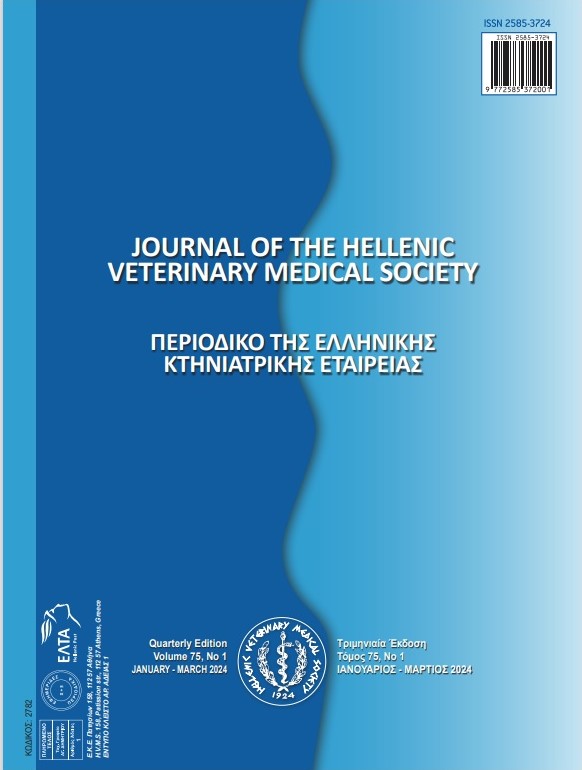Investigation of Some Heavy Metal Resistance Genes in E.coli Isolated from Shrimp and Mussels Heavy Metal Resistance in E.coli

Περίληψη
One of the biggest problems in the modern world is environmental pollution. All organisms are affected by the resulting pollution, albeit at different levels. One of the most important causes of pollution is the stable and non-perishable compounds formed due to heavy metals used in a wide range of environments. Heavy metal pollution, especially in the seas, causes cumulative accumulations in aquatic life, food and other products obtained from aquatic life, in living things that consume these products, and related diseases. The most critical sign of heavy metal pollution in water is the resistance formed against heavy metals in bacteria living in these waters. To determine the resistance to heavy metals in bacteria, the presence of resistance to Copper, Mercury and Manganese heavy metals in E. coli isolated from 18 mussels and 16 shrimps was genotypically investigated. For this purpose, the presence of pcoR genes for the determination of copper resistance, merA for the determination of mercury resistance, and mntR for the determination of manganese resistance was investigated in both plasmid and genomic DNA. As a result of the study, resistance genes were detected against heavy metals in 31 (91.17%) of 34 E. coli isolates examined. The presence of the pcoR gene (copper resistance) was found in 2 isolates (5.88%), the merA gene (mercury resistance) in only one isolate (2.94%) and the mntR gene (manganese resistance) in 8 isolates (23.52%). While pcoR and merA genes were not observed together in any isolates, pcoR and mntR genes were detected together in the genetic material of 10 isolates (29.41%). In comparison, mntR and merA genes were detected together in the genetic material of 7 isolates (20.58%). In 3 samples, all of the resistance genes against heavy metals were detected (8.82%).
Λεπτομέρειες άρθρου
- Πώς να δημιουργήσετε Αναφορές
-
Celik, B., Sipahi, N., Kekec, I., & Halac, B. (2023). Investigation of Some Heavy Metal Resistance Genes in E.coli Isolated from Shrimp and Mussels : Heavy Metal Resistance in E.coli . Περιοδικό της Ελληνικής Κτηνιατρικής Εταιρείας, 74(2), 5641–5648. https://doi.org/10.12681/jhvms.29632
- Τεύχος
- Τόμ. 74 Αρ. 2 (2023)
- Ενότητα
- Research Articles

Αυτή η εργασία είναι αδειοδοτημένη υπό το CC Αναφορά Δημιουργού – Μη Εμπορική Χρήση 4.0.
Οι συγγραφείς των άρθρων που δημοσιεύονται στο περιοδικό διατηρούν τα δικαιώματα πνευματικής ιδιοκτησίας επί των άρθρων τους, δίνοντας στο περιοδικό το δικαίωμα της πρώτης δημοσίευσης.
Άρθρα που δημοσιεύονται στο περιοδικό διατίθενται με άδεια Creative Commons 4.0 Non Commercial και σύμφωνα με την άδεια μπορούν να χρησιμοποιούνται ελεύθερα, με αναφορά στο/στη συγγραφέα και στην πρώτη δημοσίευση για μη κερδοσκοπικούς σκοπούς.
Οι συγγραφείς μπορούν να καταθέσουν το άρθρο σε ιδρυματικό ή άλλο αποθετήριο ή/και να το δημοσιεύσουν σε άλλη έκδοση, με υποχρεωτική την αναφορά πρώτης δημοσίευσης στο J Hellenic Vet Med Soc
Οι συγγραφείς ενθαρρύνονται να καταθέσουν σε αποθετήριο ή να δημοσιεύσουν την εργασία τους στο διαδίκτυο πριν ή κατά τη διαδικασία υποβολής και αξιολόγησής της.




